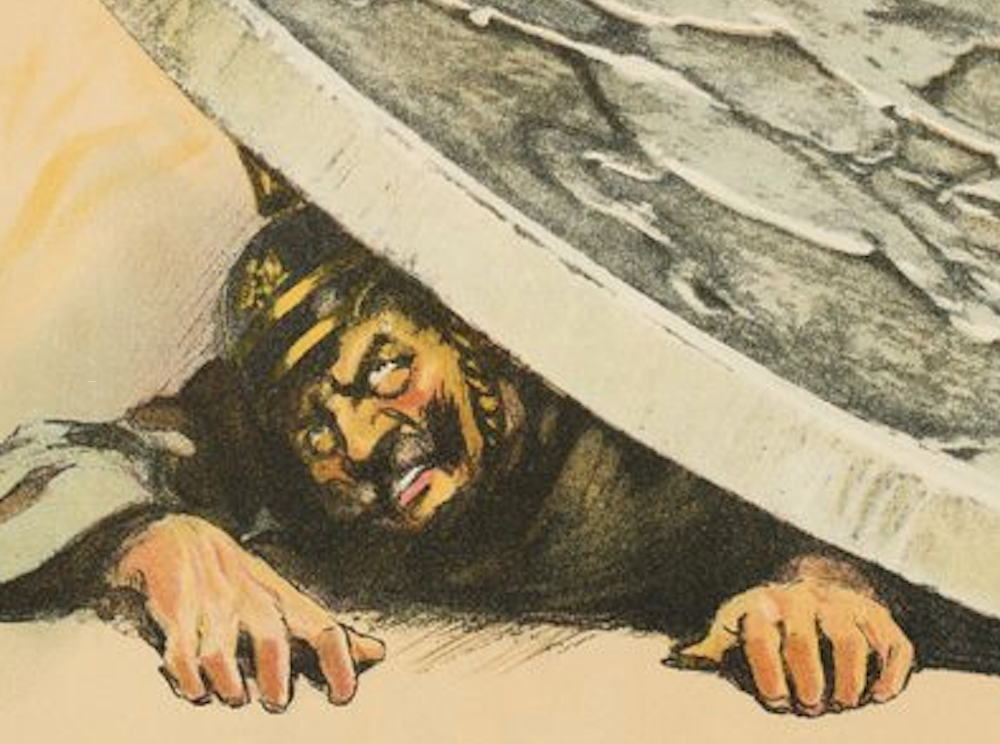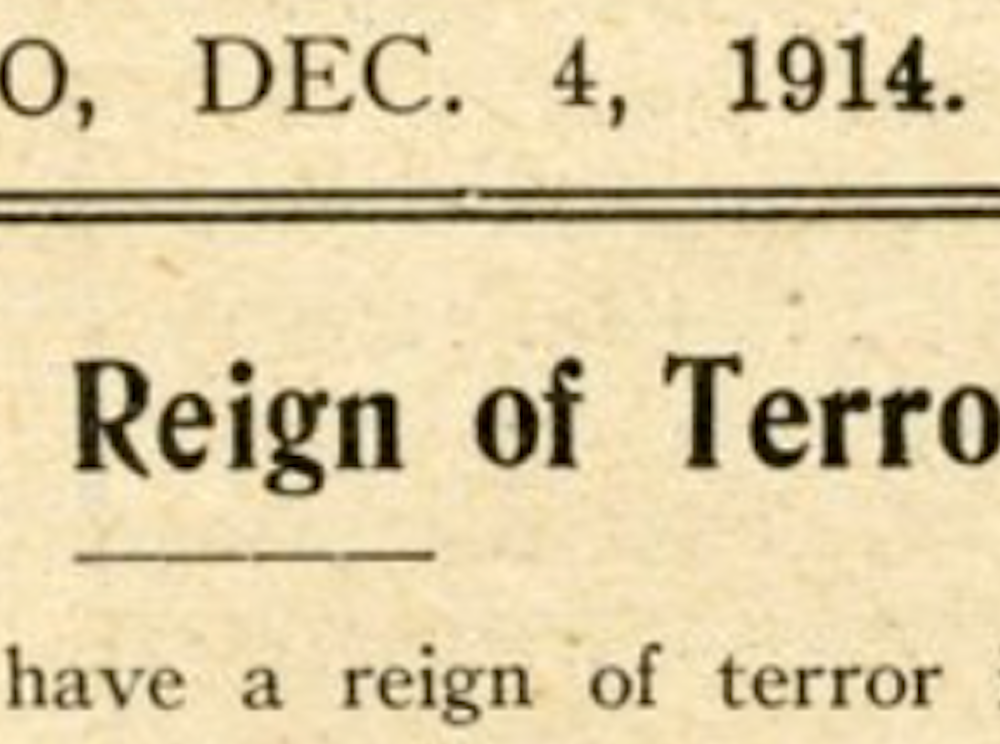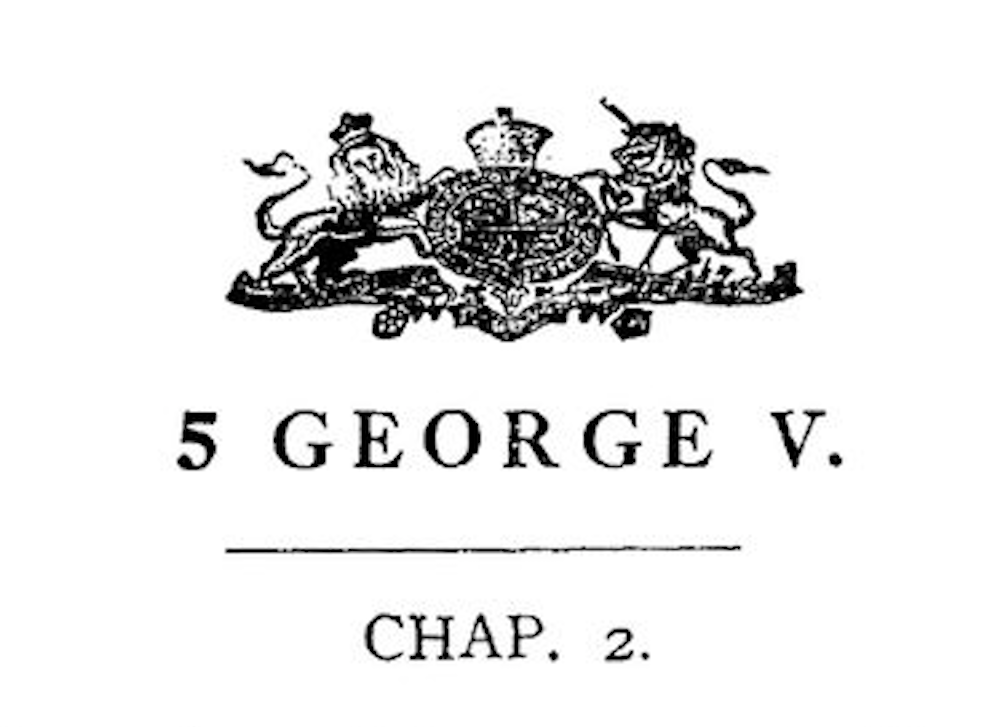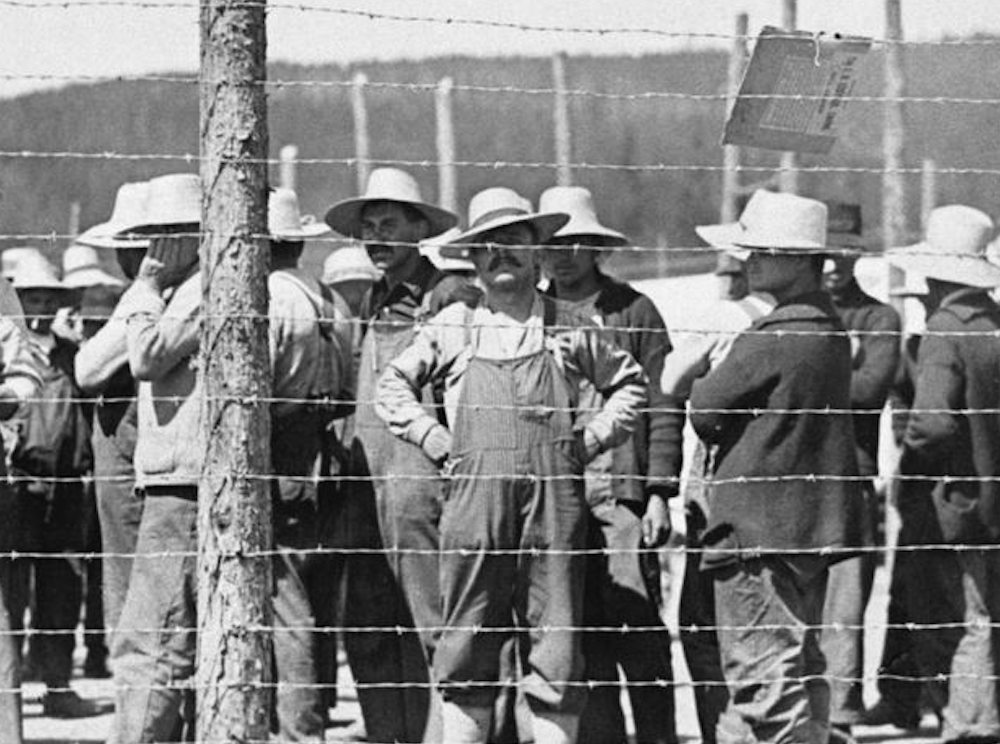
The First World War: Liberty Shattered
By 1914, the major powers in Europe had been preparing for war for years. The situation was so tense that Europe was seen as a powder keg waiting to explode. Key factors in the build-up to the First World War included:
- Arms races to build bigger and more powerful armies and navies
- Growing disputes over trade and land
- Dissatisfaction with the balance of power in Europe
- Lasting resentment over past grievances.
The assassination of Austrian Archduke Franz Ferdinand on June 28, 1914, set off a chain of events that led to the start of the war in early August 1914.
Canada entered the war alongside Great Britain, France and Russia, known collectively as the Triple Entente, or Allies. As a British Dominion, Canada was automatically at war when Great Britain declared war on Germany. The German Empire, the Austro-Hungarian Empire, and the Ottoman Empire were known as the Central Powers.
During the state of emergency that followed, the Canadian government adopted unprecedented measures to mobilize the war effort, uphold national security, and maintain social order. Canada formulated its own wartime legislation, drawing inspiration from the British Defence of the Realm Act. Several of the resulting laws and regulations considerably affected the lives of Canadians and residents from countries at war with the British Empire.
In August 1914, the War Measures Act was enacted and invoked for the first time in Canadian history. It gave the federal government sweeping powers during the crisis, including the right to limit the civil liberties of certain people. As historian Donald Creighton wrote in his book Dominion of the North: A History of Canada, “By virtue of the War Measures Act of August 1914, the federal government began to do a number of things which it would never have dreamed of doing in time of peace.”
This topic explores the perspectives of political and legal authorities, the media, and individuals during the First World War, and the subsequent invocation of the War Measures Act. Click on the objects below to learn more.






